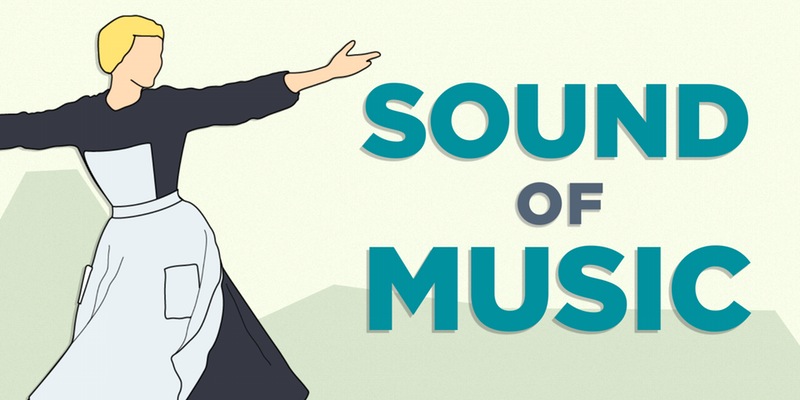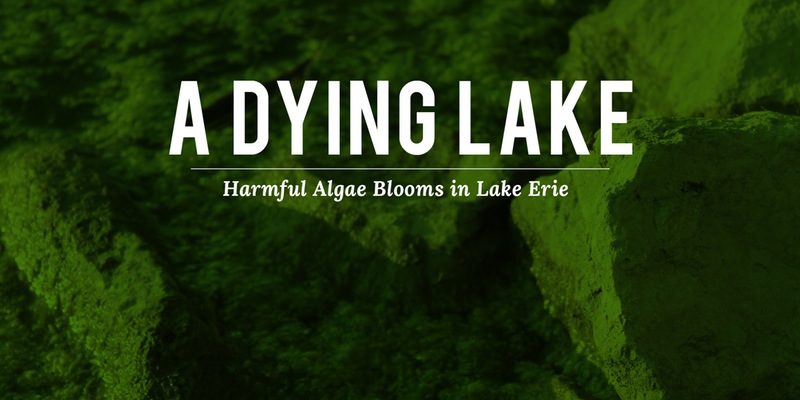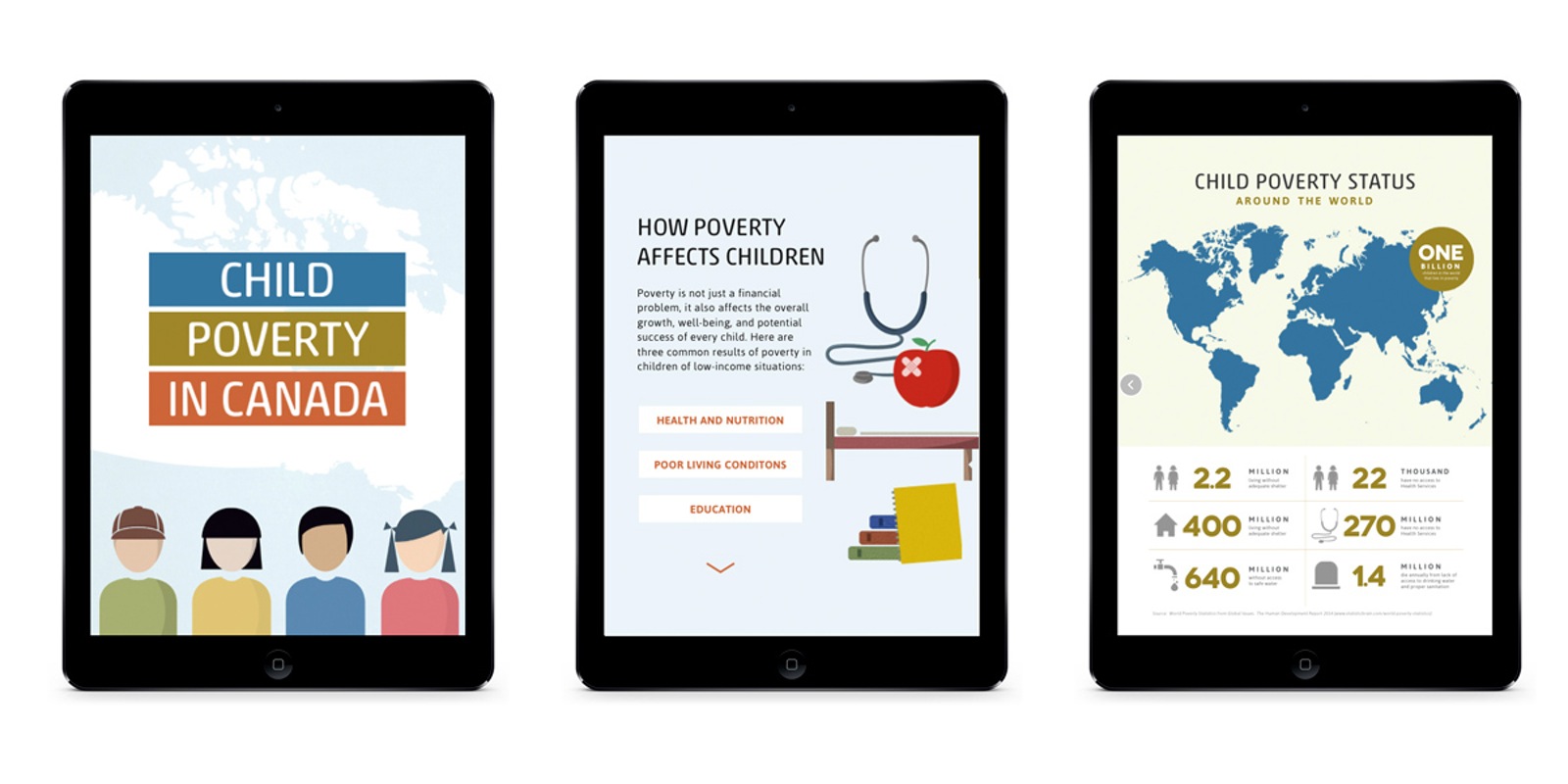
Summary:
One in seven of Canada’s children are living in poverty therefore this issue needs to be told in order to generate a practical solution.
About the Project:
The purpose of this project was to create an advocacy campaign that will help spread awareness about the issue of child poverty in Canada. The message is to be told using information graphics on a printed brochure along with an interactive version for tablet/mobile users.
According to the UNICEF Report Card 10, 14% of Canada’s children live in poverty. This means that 1 in 7 or 967, 000 children live in low-income households. This is a problem given that Canada is considered to be one of the richest nations in the world yet it has children who go to sleep hungry. This makes one ask, what is the government doing about this and how can I help?
Poverty is a worldwide problem that can become overwhelming at times. It is also local to each country whatever their GDP may be. This problem exists even in a country like Canada. Finding a solution to a problem can be initiated through small steps. Creating a brochure might not seem like it will have a significant contribution but truthful messages are powerful. Both print and digital media have been successful in spread awareness in the past and this campaign will not be any different. The more people are aware, the more help can be generated and therefore reduce and eventually solve the problem of child poverty in this country.
Process:
The first step for this project was finding a cause that I felt strongly about, in this case, child poverty. After choosing this topic, researching different statistics and information was the next challenge.
One of the challenges in creating this brochure was narrowing down what content to add on paper. There were many information available but to achieve a sensible and cohesive infographic piece, other unnecessary content had to be removed. Since this project relies on quick facts to capture the audience’s attention, it needed to be visually set apart from other advocacy pieces that are already out in the market. By set apart, it meant that rather than using typical photography, original illustrations and custom colour choices had to be made.
The other challenge of this project was creating the interactive piece using Adobe’s Digital Publishing Suite. Learning DPS while designing in tablet format required extra time, effort and patience. Since this project lived on a digital device, it was necessary that some elements would be interactive to add visual interest. It was very tempting to add extra animations but because of the nature of this advocacy and without loosing its main message, I had to keep the animations as simple as possible.
Solution:
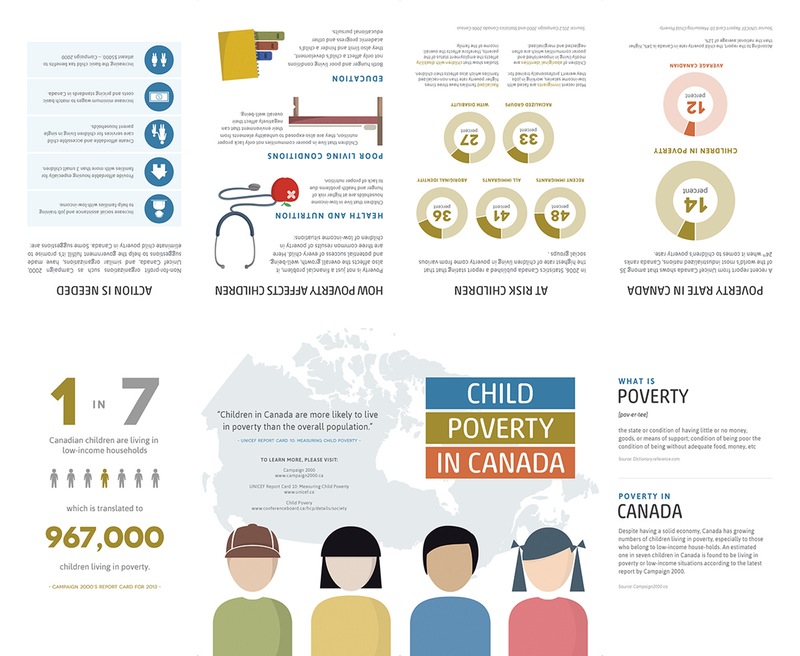
For the purpose of this project, one method of solving the problem is to create a print and digital information brochure that advocates for this cause. The brochure contains facts accompanied by illustrations and numbers that represent those facts. The purpose of those visual elements was to help the audience, the general public, to read all the information with ease as well as capture their attention immediately.
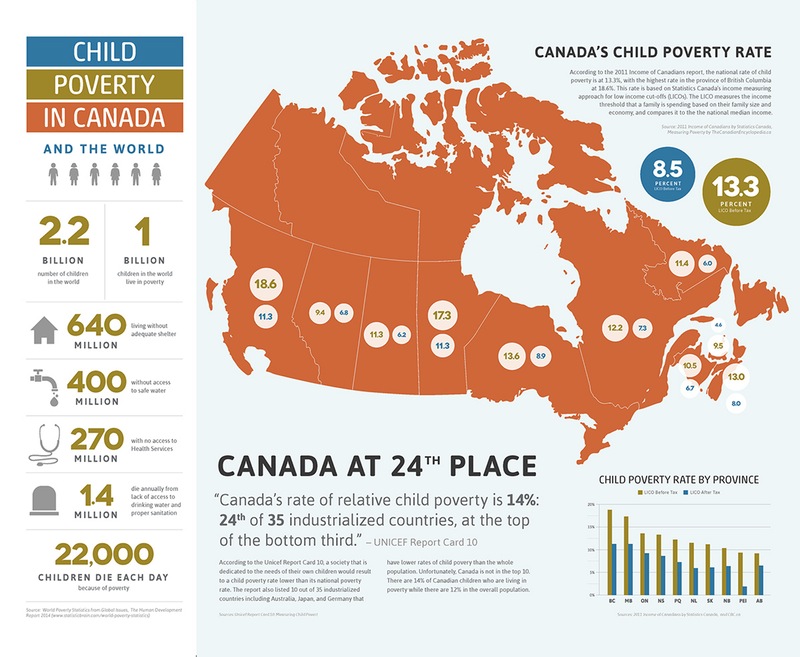
The more people know about this problem, the more ideas can be gathered to help solve this issue. The problem of child poverty in Canada doesn’t have a one solution that will solve it all. It requires efforts from government, different industries and caring individuals. This brochure is just one of the methods used in spreading awareness about the issue.
Demo:


